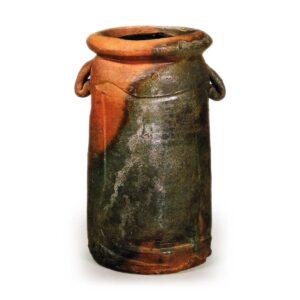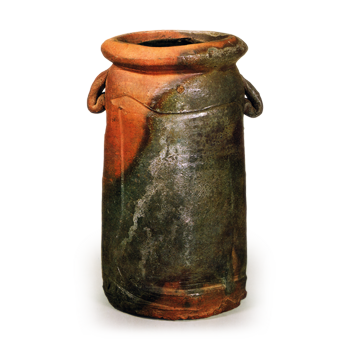
Bizen-yaki is also called Ibe-yaki because it is produced in Ibe, Bizen Province (Bizen City, Okayama Prefecture). Bizen Pottery is therefore considered by the public to be Ibe Pottery, but in more detail, the two are distinguished and called by different names from a methodological standpoint. Some call Bizen ware produced before the Keicho period (1596-1615) “Ko-Bizen” and that produced after the Keicho period “Ibe ware. There were pottery kilns in Kumayama, Isonokami, Sue, Baizuhara, and Kamagahara in Bizen before Keicho, as well as Kabeyara ware in Tamatsu Village (Oku Town), Akaban County, Kurosawa ware in Nutsumi Village (Yoshii Town), Kumasaka ware in Gouchi Village (Kurashiki City), Oku County, Yahama ware in Shikanobu (Ushimado Town), and Gorokkaichi ware in Miwa (Osafune Town), all in the same county, which have been around for many years. The name Bizen ware was used as a generic term for these kilns. The Enshu Meibutsu no Meibutsu Ki (Record of Famous Articles in Enshu) states, “Bizen ware is listed separately as Hotei and Sabisuke, and Ibe ware as Suoi and Sekiji. Bizen ware is a generic term, while Ibe ware is the name of a certain technique originally used in Bizen ware. Bizen ware has many ancient and modern marks, including a large bottle seal, a tea bowl seal, an old seal, and a d-shaped seal.



